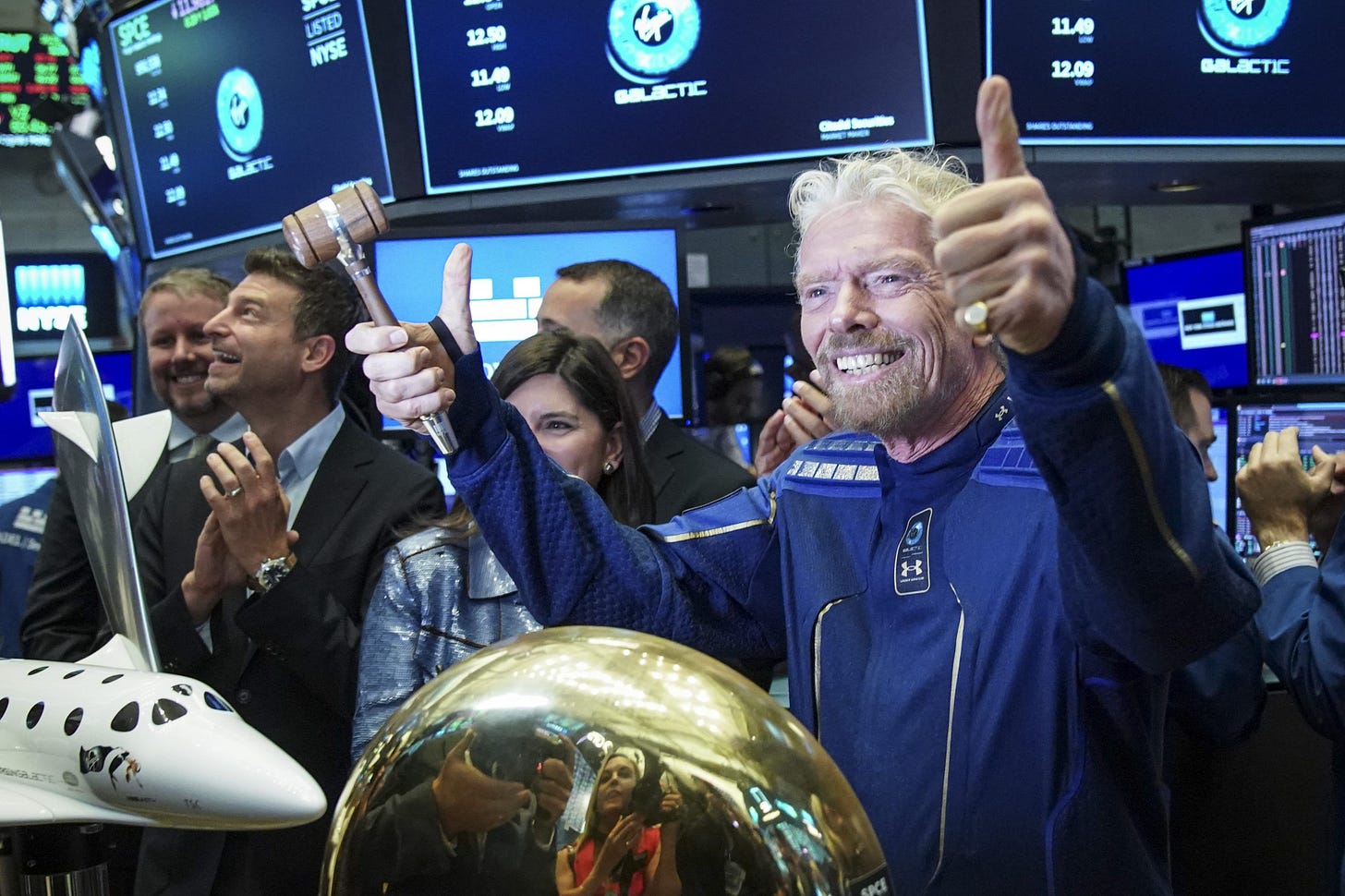A comprehensive guide to understand SPACs and their 2020 surge
Definition, advantages & drawbacks for companies, sponsors and investors, explanation of the rise of SPACs & consequences

Over these past months, I’ve heard the word SPAC so many times, much more than the usual. And I’m not talking about the SPAC “Saratoga Performing Arts Center”, but about “Special Purpose Acquisition Companies”. Just take a look at US Google finance-related searches for the word “SPAC”:

2020 has actually been the best year for SPACs in terms of the number of deals and capital raised. The record of the largest SPAC has been broken twice: Churchill Capital Corp III raised $1bn in February, followed by Pershing Square Tontine that raised 4 times more. SPACs have actually never raised so much, already $34.4bn which is 3x bigger than 2019, and investments in SPACs actually represent 40% of all dollars invested in 2020 in the IPO market according to Renaissance Capital.
I was wondering why there was a sudden surge of SPACs and whether it was a good thing or not, so I decided to dig in it.
Here is what you should remember:
A SPAC, Special Purpose Acquisition Company, is a shell company that doesn’t have any operations, and whose sole purpose is to raise capital through an IPO so that it can acquire an existing company.
SPACs is an attractive way to go public for a company looking for money, speed and certainty, as itonly manages negotiations with one investor (the SPAC). However, this lowers the IPO price, at the benefits of sponsors for which SPACs are highly lucrative. For investors, SPACs are an easy way to deploy their money as they just have to trust SPAC managers.
But despite recent (so far) successful SPACs, they have been historically poor investments underperforming the market. Sometimes, SPACs must also return their funds as they don’t find any target company to acquire, resulting in a high opportunity cost for investors.
2020 is definitely a great year for SPACs, pushed by volatile markets, uncertain economic conditions, and also by famous managers creating such structures. The next few years will demonstrate whether SPACs are worth it or not.



